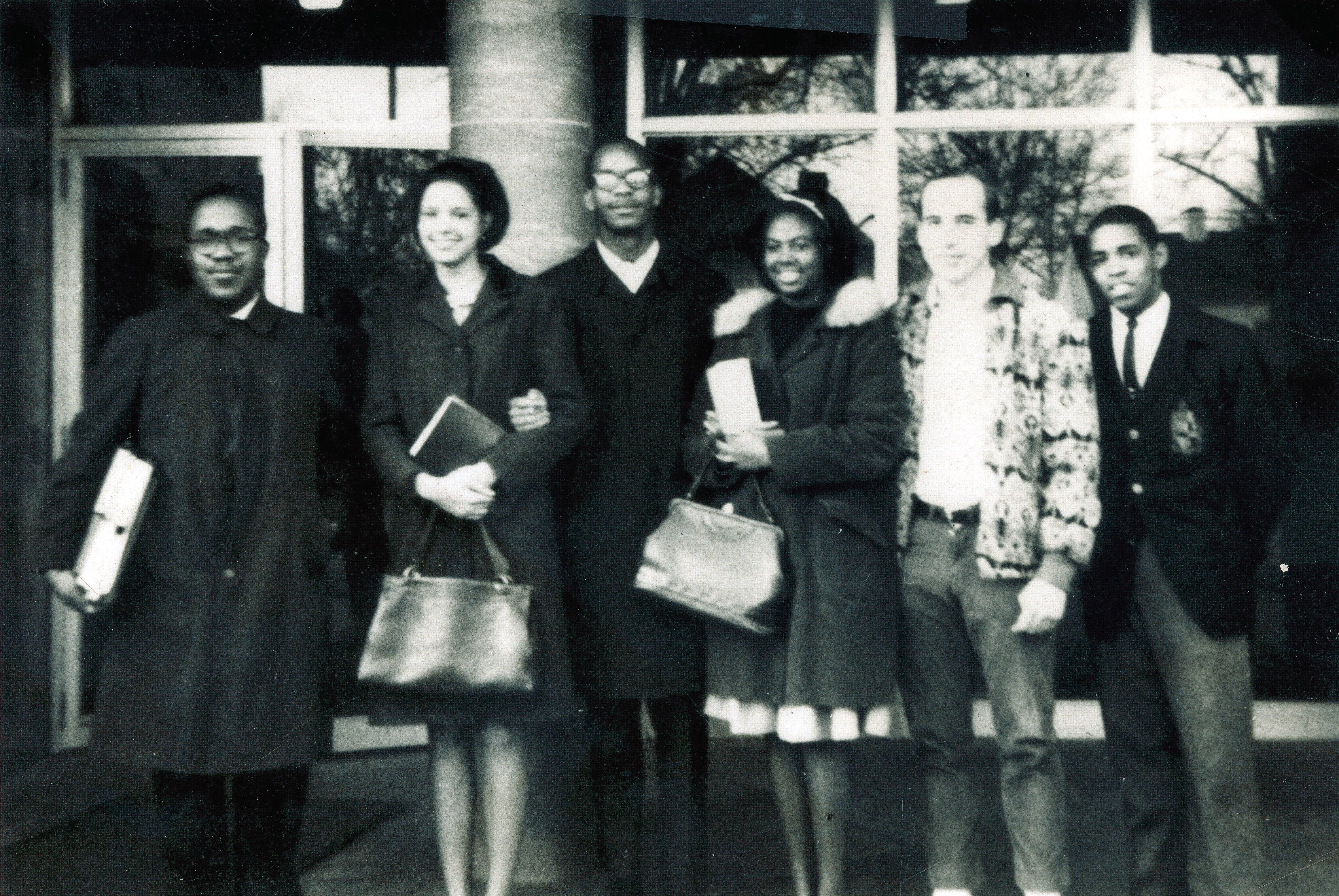Tiny flies, big research
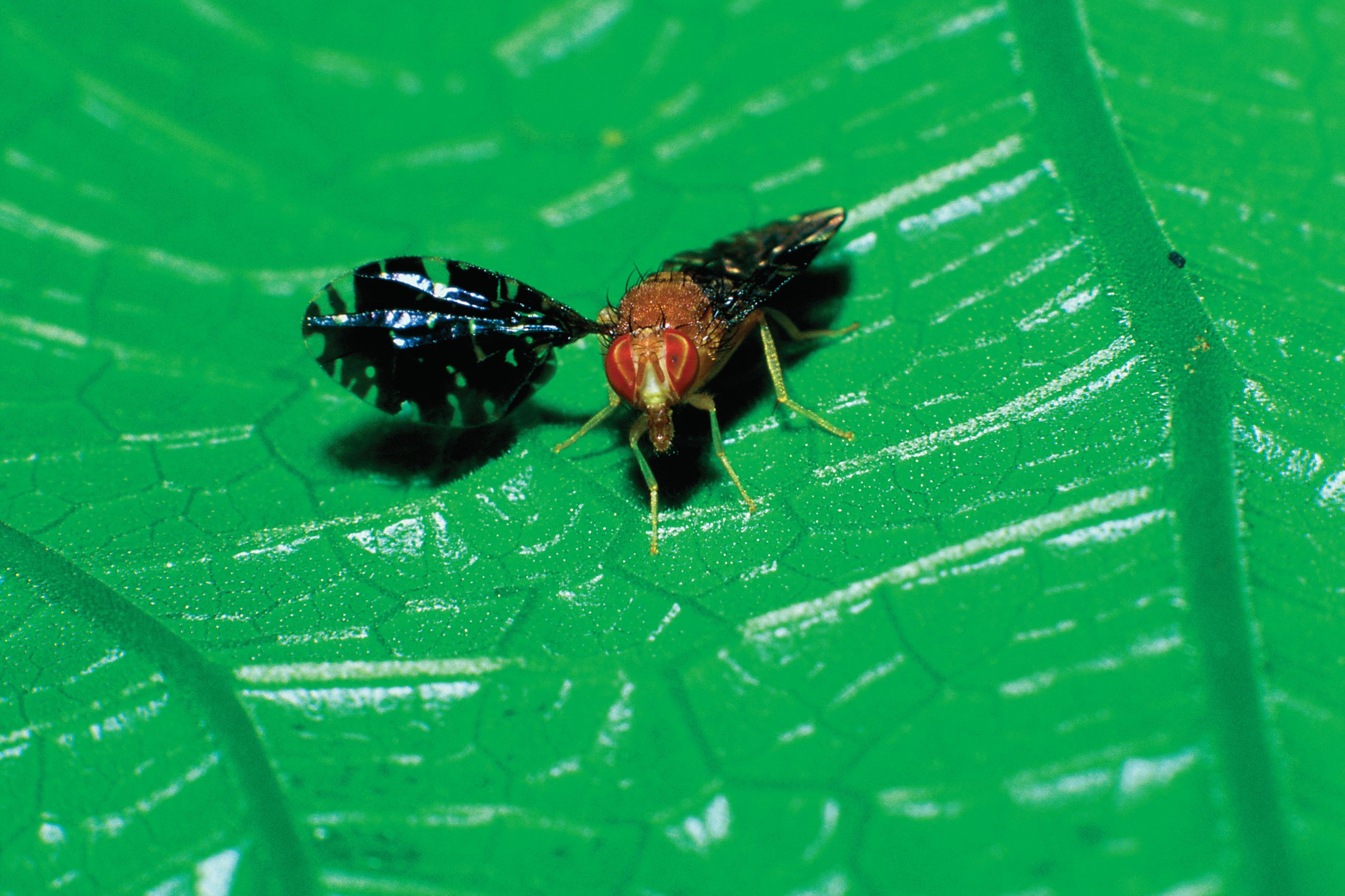
Professor Marty Condon has spent years researching what causes tropical flies to split into new species.
By Jamie Kelly
A wasp’s sting might explain it all.
Marty Condon, professor of biology, has been studying flies in the tropics for years, and in a paper published in Science in March, she reported evidence that there is more to a fly’s ecological niche than where it lives and what it eats. You have to look at what eats the fly as well. In a previous Science paper, Condon and her co-researchers found that there were far more species of flies feeding on tropical flowers than expected. It was counter-intuitive, Condon said, to see so many species of flies filling what appeared to be the same ecological niche.
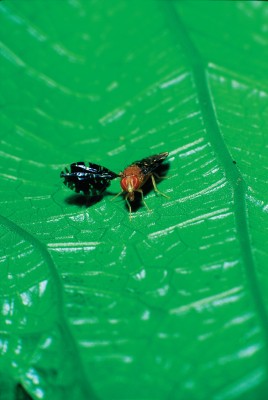
Her latest research showed that the parasitic wasps that attack the flies might help to explain the number of different species. There are 14 species of flies and 14 species of wasps. The flies live off the plants, and the wasps lay their eggs in the flies. When the wasps’ young mature, they emerge from the flies. The flies, unsurprisingly, don’t survive that process. What Condon and her team found was that most of the wasps are extreme specialists—their offspring will only survive in one species of fly. If eggs are laid in other species, the offspring die. “The prey is lethal to the predator,” she said. The flies—all 14 species—look essentially identical, and so do the wasps. What Condon and the other researchers originally thought was a very strange case of niches overlapping ended up broadening the definition of the niche, once they discovered the interaction between the flies and the wasps. “It’s not just a two-dimensional jigsaw puzzle,” Condon said. “There are many dimensions, and we’ve found two more.” Surprising findings like these are part of the reason Condon and other evolutionary biologists study in the tropics—the most species-rich zone in the world. Most tropical species haven’t even been named, let alone studied in depth. Results like the ones published in Science expand scientists’ understanding of that diversity, Condon said, and they also show that much of the ecological diversity in the tropics still remains to be discovered. Condon doesn’t study alone. In addition to the other professors and professional scientists who go on the research expeditions, students and alumni join, as well. For Condon, the fact that students can come do research is part of the beauty of Cornell’s One Course At A Time curriculum, because they go not just during the summer, but whenever the time is right to do research. At other schools, short expeditions to the tropics are limited to winter break and over the summer, but at Cornell, she can take an expedition any time during the year, which helps her research conform to biological processes, and not an artificial timetable. “It offers the maximum scope of research,” she said. Students and alumni who accompany Condon get to examine an unsolved scientific problem: What causes speciation in tropical flies?
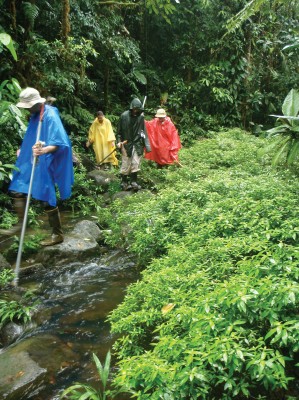
That question inspired Kristina Ottens ’11 so much that not only did she go on four different trips with Condon, she’s pursuing a master’s degree at the University of Iowa doing research into the subject. Ottens went to Costa Rica, French Guiana, Panama, and Peru with Condon; two trips while a student, and two as an alumna. The first trip was during her junior year, and Condon asked if she was free during February. She was, and went on the trip. But before she went, Condon gave her papers to read so she could understand the research better and be prepared for the tropics. Going from the depths of an Iowa winter to a tropical rainforest is an enormous shock to the system, she said, and it’s difficult work. Condon said a successful research trip to the tropics requires preparation to do the scientific work, and also for the physical rigors of the trip. Sticky mud, slick rocks, and high humidity are part of it, but there’s also an enormous amount of walking involved. So she chooses students she knows well, and who she thinks can handle the exertion. “It’s hard work,” she said. Hard work, indeed, but worth it, according to Ottens. “When you go with Marty you do a lot of work all the time,” she said, “but you get to see a lot of really cool things.” Darius Ballard ’07, who teaches biology and environmental studies at Jefferson High School in Cedar Rapids, didn’t go on research trips with Condon during his time at Cornell, but he went to Peru in 2012 as an alumnus, partially funded by a grant from the National Science Foundation to give high school science teachers more field research experience. Condon not only invited him to come on the trip, she helped him acquire the grant money to make it possible. It was a great experience. Even though he was a rookie at doing field research, he knew Condon, and knew what was expected of him.
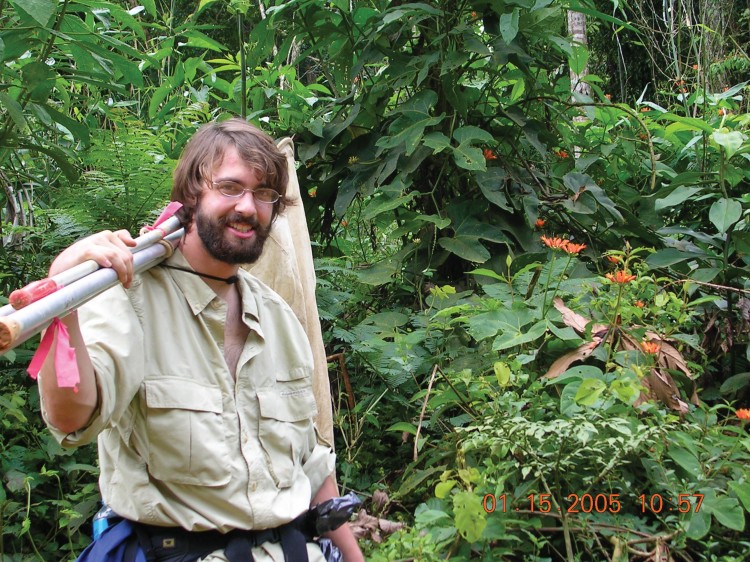
“It felt kind of like a homecoming,” he said of working with Condon five years after he’d graduated. He learned a lot during his trip, and he’s planning to go back. This time, he said, he’s less nervous because he knows what the tropics are like. The conditions might be somewhat different, but he’s more familiar with the procedure. “Now I know what I’m getting myself into,” he said. Both Ottens and Ballard credit Condon for making the research trips so useful and so fulfilling. When the group was in a city before heading into the field, Condon made sure participants knew about things they could do, Ballard said, and in the field she offered her expertise to help others adjust to the tropics. “You know you’re going to work hard,” Ballard said, “but she’s going to bend over backwards to make you feel as comfortable as possible.” Condon says she’s glad to be able to find students and alumni who are willing to work hard in the less than ideal conditions of the tropics and help her solve an evolutionary puzzle. She’s happy that students find it useful and are inspired to become better scientists because of the trips. “They’re learning and they’re doing real research,” she said.


